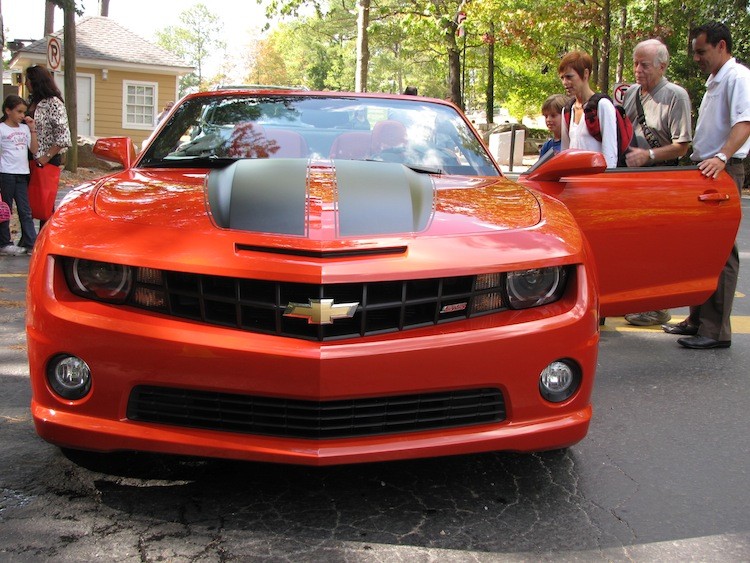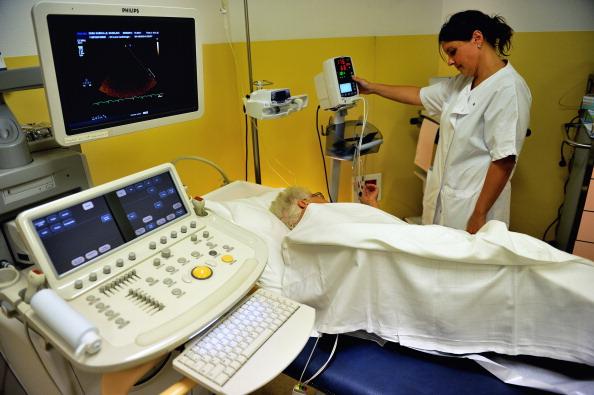STONE MOUNTAIN, Ga.—A former head of state and the designer of an iconic car visited geologically unique Stone Mountain this month. Historic Stone Mountain Park hosted the 7th annual Rice Festival on Oct. 8, embracing Asia’s cultural diversity with a theme of building relationships. The Asian American Resource Center (AARC) event is a fundraiser for multiple causes, not limited to the Asian community. From Okinawan heritage and Korean music and dance to the Way of the Samurai, the festival provided an enjoyable atmosphere. Stone Mountain is the largest exposed piece of granite in the world.
Connie Jee, executive director of the AARC, said she was very happy with the event. “It was eight months in preparation, then just within the last two months the former prime minister of South Korea, Dr. Un Chan Chung confirmed he was coming. He was very interested in what we were doing. We did not have time to tell all the people he was going to be here. He spoke to many students, UGA, Kennesaw State, taking the time to meet many different students, telling them how to value themselves, talking about confidence, and building better relationships.”
The Rice Festival is AARC ’s primary annual fundraiser, supporting English classes, counseling, civics education, literacy, refugee assistance, and homelessness prevention.
Although she said she had not counted the money yet, Jee estimated that the fundraiser did very well.
Stan Morrell, director of special events at Stone Mountain Park, arranged a meeting with General Motors (GM), which became a major sponsor of the 2011 festival. Morrell said AARC approached them about having the festival in the park and he thought it was a wonderful idea and he hoped to continue the relationship.
Luciano Nakamura, lead exterior designer of the Camaro ZL1 was a featured guest at the festival. Nakamura designed the Autobot “Bumblebee,“ a yellow Trans Am that was one of Optimus Prime’s trusted lieutenants in “The Transformers.” This was the first year GM sponsored the event.
Nakamura grew up in an isolated village in Brazil, where his Japanese parents were Buddhist missionaries. He said that every morning he woke up to a peaceful pure environment where everyone worked as a team to grow their own food and keep the village going. He said he could not explain why, despite only being exposed to a few rundown cars, he was always fascinated with them and wanted to build them. “I was always inspired to build cars, from when I was young, said Nakamura. “It took me a long time to achieve this. What I like about designing automobiles is that you can express your personality in designing for others.”
The American industry did so much for cars, its arts and emotion involved in the building of it,” said Nakamura. “It comes to life.”
In Brazil, he heard about a technical school in San Paulo that taught engineering. When he was 14 he left his village, passed the entrance test and got in.
Nakamura said, “GM’s a global company. … I like the diversity. We have over 60 different ethnicities working together with us.” He said he began as an intern with the company in his teens. Then he realized it was possible to design cars for a living.
“So when a North American executive came down to design a concept car and asked for ideas, I leaped at the chance. I put my little sketch up on the board in the corner. They picked my sketch. ... GM’s been great. It takes care of me. I’m very grateful.”
He was “the lead designer of this years’ Camaro, but there were many of us that built the car. It’s an international team, a Korean guy, I’m Japanese and Brazilian, and a guy is Russian. We all work together, I’m part of a team.”
Nakamura gave rides in his red Camaro, and drew pictures of cars for children. He said, “My job requires me to keep up with the times, the latest trends, but I’m an old school guy too. I like traditional values.”
Camaro ZL1 Designer Visits Annual Rice Festival
A former head of state and the designer of an iconic car visited geologically unique Stone Mountain this month.
Save
Updated:





